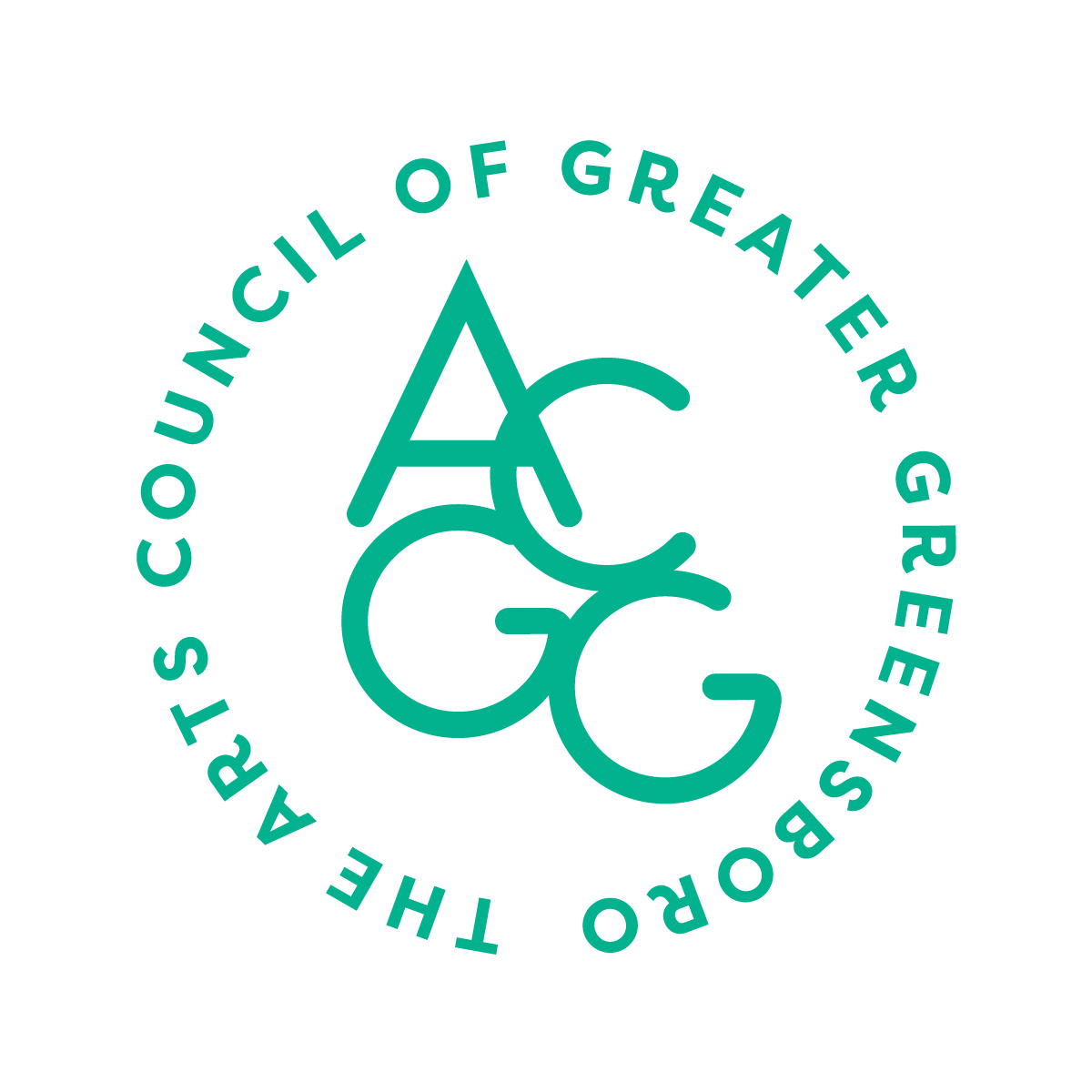

That Which Remains
More About That Which Remains
Beginning with our hominin ancestors, artists have always made use of found materials, recovered objects, and their specific qualities to create art. But increasingly, materials for art became subsumed mostly as vehicles for depiction and expression; as a means to an end. The singular qualities of the materials of art begin to reassert themselves in the late 19th C, not merely coincidentally with the rise of photography. The photograph, so successful in recording the specificity of surfaces, the lighting and chiaroscuro of forms, the “facts” of appearances, allowed a medium like paint to more freely exhibit its inherent qualities, even when used in the service of depiction. (Much of Impressionism was structured and animated by this interplay of the physicality of evident paint and the expression it facilitated.) The introduction of collage in Cubism and the conceptual deployment of found objects in the work of Duchamp et al, brought intense focus on the materials of art as well as the proposition that art no longer needed be as created as it had been. It could be composed of preexisting things, found and repurposed objects, in a new, industrialized world of burgeoning objects of all kinds. The artist’s role in this context was largely that of selector – not unlike a photographer taking a picture – finding or stumbling across the right object to convey an intended meaning, a meaning which very often arose in part from the found object itself, which carried a history of past use and significance that intertwined with its new role as art object. Improvisatory, aleatory or chance methodologies often guided selection of the objects and the creation of these works. Our work in That Which Remains acknowledges this lineage and these approaches in varying degrees.
Our respective work is diverse in the forms it assumes, in its intentions, and in its stylistic permutations. But in That Which Remains, we are presenting works that share
a focus on traces, palimpsests, residue, and remnants. With the commonality of being made from detritus, from the Found, of discarded parts and fragments, the works evince improvisation, construction, and accretion as compositional methods. The work is varied but coheres through conceptual, aesthetic, and visual overlaps. Our interventions on our chosen objects can be minimal or subtle, but they are significant.
